This exclusive interview with Director James Bobin on the new movie, Alice Through the Looking Glass, was part of the #ThroughTheLookingGlassEvent press trip with Disney. All travel, accommodations, and activities were provided by Disney, but all thoughts are my own. All interview photos are courtesy of Jana Seitzer / MerlotMommy.com. Amazon affiliate links used in this post.
Exploring a Childhood Classic
Director James Bobin grew up in England, where he says that Alice is part of every child’s life. He read Alice’s Adventures in Wonderland as a kid. His parents read it to him. His grandparents read it to him. And now he has done the same with his own children.
He said, “When I found out we were doing Alice Through the Looking Glass, I was really excited because, when you know something (as well as I know Alice) it’s a quite good way for starting it. You think you have a clear idea of who she’s going to be in the film, and who I felt Alice was to me growing up.”
James mentioned that he has always appreciated Lewis Carroll’s witty language and style of writing. One of the first things he wanted to do when he began work on the movie was to bring some of the British comedy back a bit, compared to the first Alice in Wonderland that Tim Burton worked on.
This new film has a slightly different feel compared to Alice in Wonderland. The color palettes are a bit brighter. The world is more Victorian (a decision based on James’ childhood memories of his Alice in Wonderland books which were illustrated by John Tenniel). The story line is very much about human and family relations.
James said, “I think sequels need to be different. It’s nice to pay tribute and make sure you respect the origins of the story and the characters. But people want to see something which is a progression or something new or a different sight, feel or tone.”
He also said that, “…even as a kid I realized that Lewis Carroll wasn’t that concerned with narrative. He liked imagery, ideas. And the book kind of falls in on itself deliberately. Things happen. And then other things happen. And they seem very consequential. It’s only cause and effect. And so I knew that for a film would make an interesting avante guarde movie.”
He continued, “The book’s incredibly important. And Lewis Carroll is very important to me. So I wanted to take elements of the book like the backwards room and the looking glass and the characters and the spirit of Lewis Carroll, the idea of something which is fairly complex but not so complex that (a child would not understand it). It’s important you understand the story. But also I remember as a kid, I liked working stuff out in a movie. I didn’t want to be given it all straight away. And so this is kind of a puzzle plot in a way.”
James Bobin began working on Alice Through the Looking Glass in 2013 – from the initial planning stages to shooting in Shepperton Studios in London in 2014 to finalizing the last shots about a month ago (just in time!). He mentioned that, “it’s so nice for me to show the film to people because I lived with it for a very long time by myself in a small room in Burbank. It’s a funny thing where you live with it for so long, it (becomes) a part of you. And it’s just a nice part of it is to kind of let it go and show people the thing you’ve been doing all this time.”
The Character of Time
I loved Sacha Baron Cohen’s character, Time. James said that he was excited to work with Sacha again, and thought he was a perfect match for the new character.
James said, “When you work with someone as brilliant as Sacha, you always try to think of ways of getting him back involved in things you’re doing. He and I worked years ago on Borat and Ali G and Bruno.” He knew that Sacha would be able to play a very good “confident idiot,” as he put it.
James found the idea of Time as a person directly from Lewis Carroll.
He said, “Lewis Carroll talks about time as a person in the book Alice in Wonderland. Hatter says, when he first meets Alice at the tea party, he’s kinda stuck and he says to her ‘I’ve been stuck here since last month where Time and I quarreled.’ And I thought that was a brilliant idea for a character. In Wonderland Lewis Carroll thinks Time is not just an idea but a man, a person. It felt very right for the movie to have a new character and that it would be Lewis Carroll’s idea.”
I love the fact that they did not create another “bad guy” since, as James put it, “we have a really lovely bad guy in the Red Queen. We don’t want to do that again. It gets confusing.”
So instead of being an evil character, Time is simply an obstacle. He stands in the way of Alice’s goals.
Interestingly, they choose Time’s accept very deliberately. Because the Swiss are known as clock and watch makers, and since both French and German are spoken in Switzerland, they chose a spin off of a German accent.
Learning from Alice
One of James’ major objectives in making this movie was that he would create a world where movie-goers would be happy to spend an hour and a half of their time. It makes him sad that there are so few things in the world these days that you do for an hour and a half. “I really wanted to make sure everyone was very happy and you sure must be sad to leave at the end.”
The concept of Time, whether it be James’ goal to help viewers get “lost” in time while in the theater, or the more complex themes can be found throughout the movie. I loved all of the powerful quotes (as well as the silly jokes) about time. James said, “It’s very important that (Alice) learns that time gives as much as he takes. For me the book, Through the Looking Glass, is really a book about Alice growing up and about the passage of time. But it’s really a metaphor for Alice Liddell who, by that time, had grown into a woman. So for Lewis Carroll it was the idea of the passage of time. And it made him kind of sad. The book is sad. The book ends with a really beautiful poem, which is a poem about the time he wrote the book for her when she was a little girl. It’s him remembering the golden afternoon in the water. It was like really beautiful. And if you look at it, it’s what’s called an acrostic poem, which means that the first letter of each line adds up to the name Alice Pleasance Liddell down the side. So it’s a very clear dedication to the girl, which is lovely.”
James continued, “It’s got a very sort of melancholy feel. In my personal life I feel too the passage of time can sometimes be a sad thing. And the way I overcome that is to appreciate the time that you’re in and the people you’re with. You can’t have regrets because you did your best to appreciate it at the time. And that for me is the brilliant message for your life. Alice kind of learns that in this film — she does learn to appreciate time and the fact that her father has passed. That was the past. And she’ll deal with that. But her mother is still here. If you can appreciate the time you have then that’s the thing to go away with.”
James ended our interview with a funny piece of insider news that he just recently learned. Did you know that Helena Bonham Carter, as the Red Queen, wears bloomer with hearts sewn into them. Despite the fact that no one will ever see them, James still thinks it’s brilliant. “She knows they’re there. And that is so brilliant for a character — as an actor, you are completely the character once your underwear is also for that character.”
If you haven’t already seen Alice Through the Looking Glass, head out to theaters to see it now!
See my other Alice Through the Looking Glass Posts:
- Interview with Producer Suzanne Todd (and the story of her blue Alice shoes!)
- 10 things to love about Alice Through the Looking Glass
- Interview with Mia Wasikovska (Alice Kingsleigh)
- Alice Through the Looking Glass Red Carpet Experience
- Alice Through the Looking Glass Activity Pages and Coloring Sheets
- My announcement post!
More coming soon!
© 2016, Food Fun Family. All rights reserved.
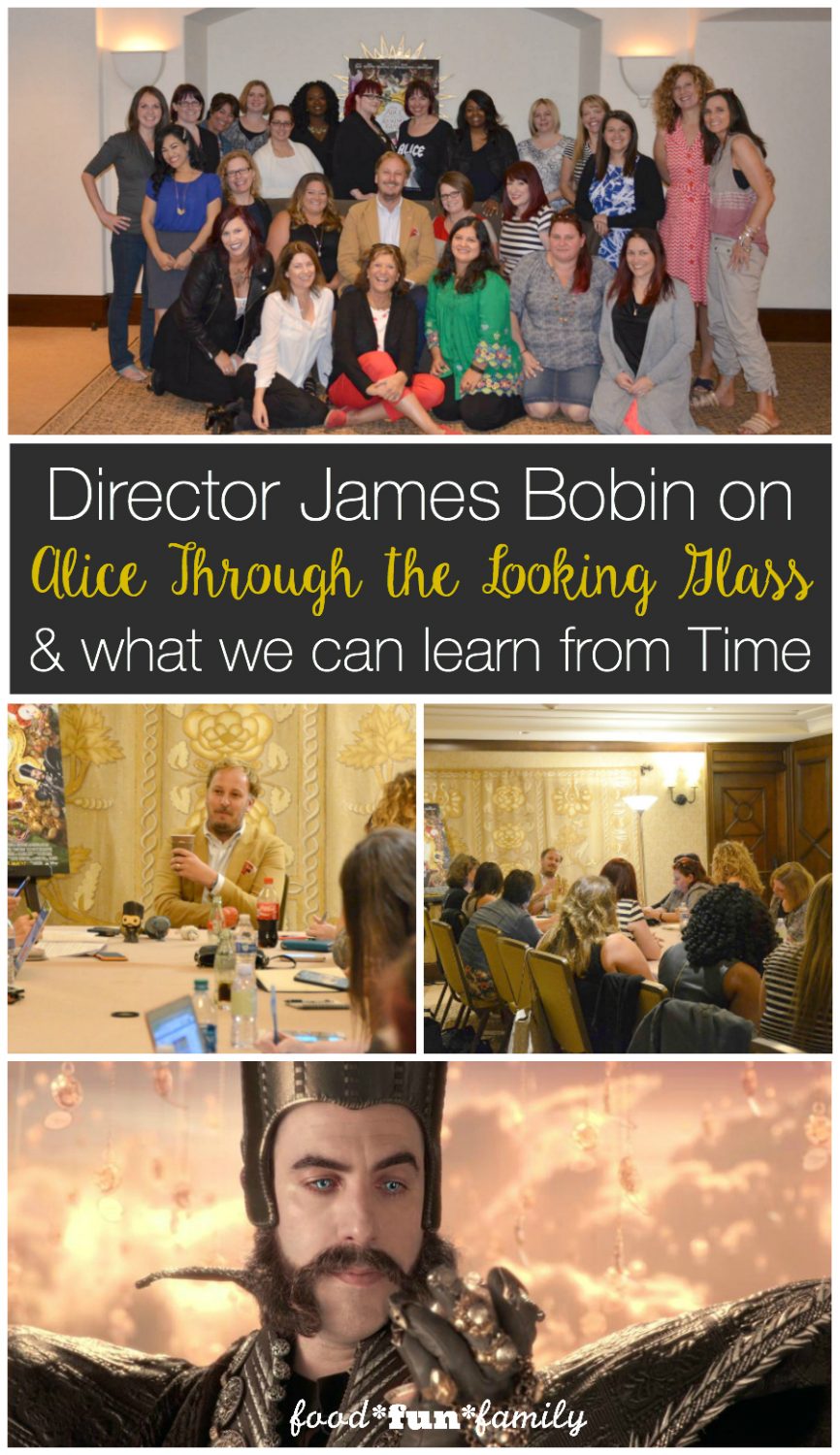


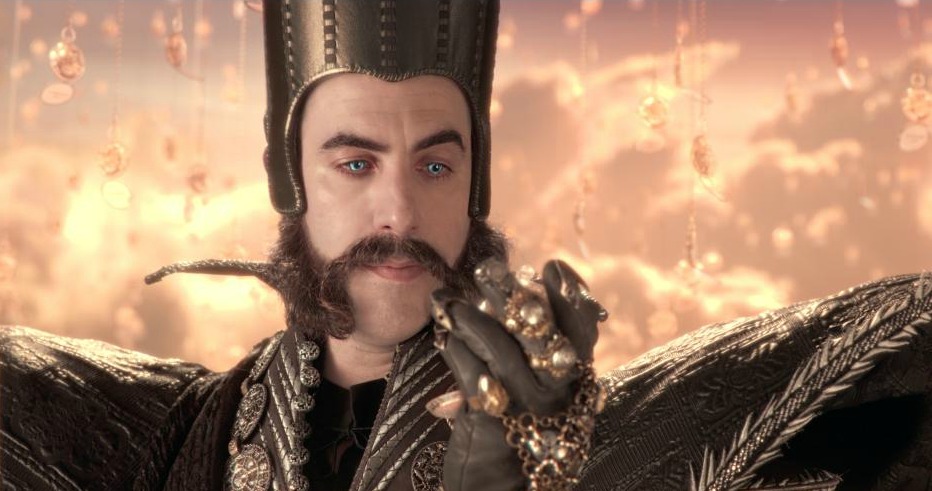

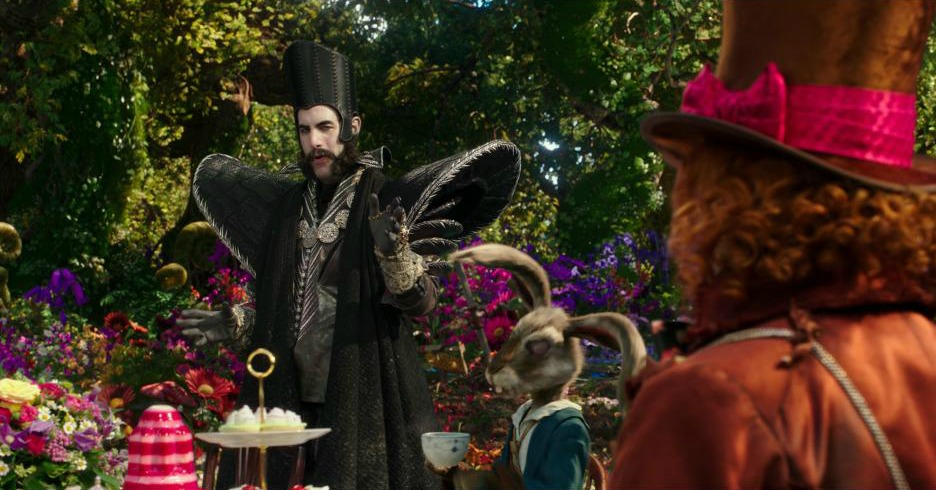
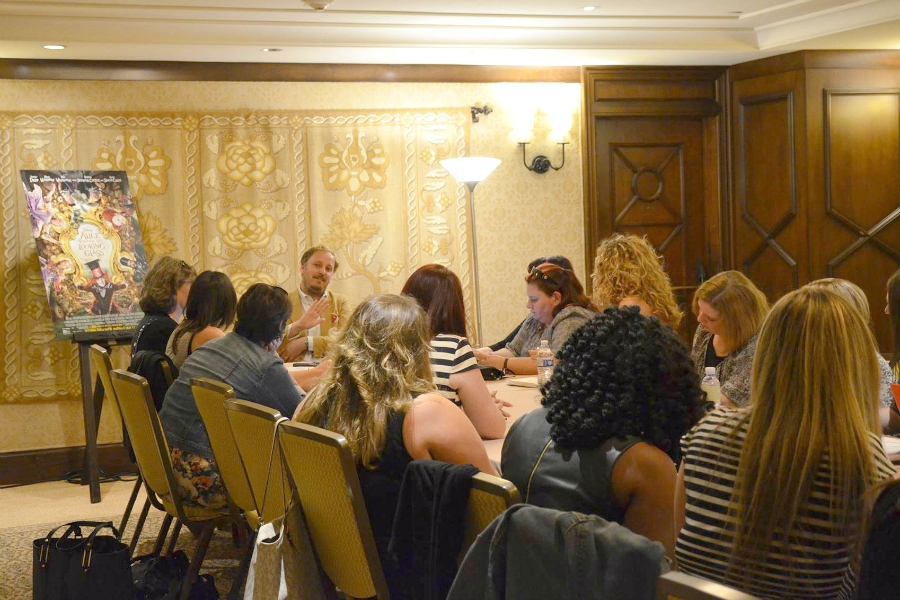
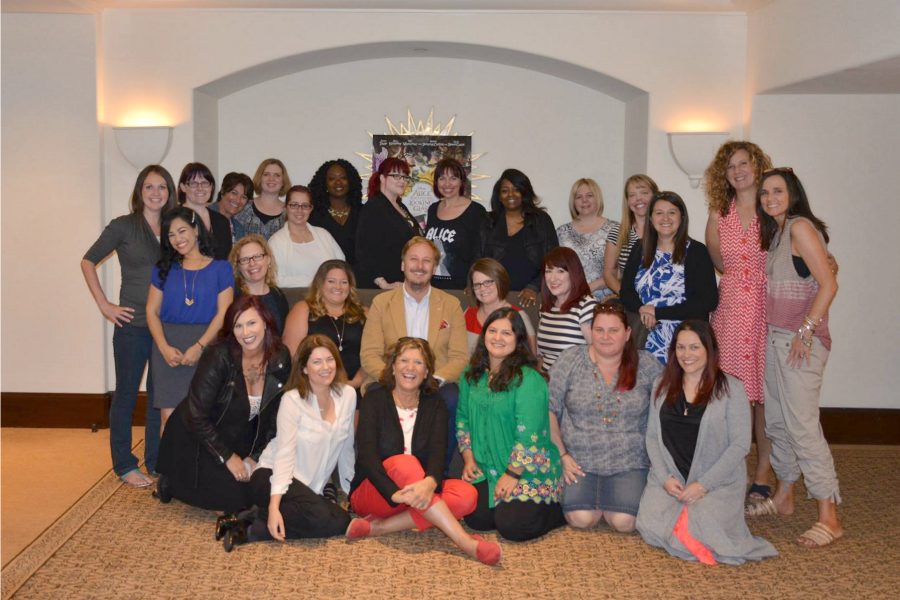
Leave a Reply